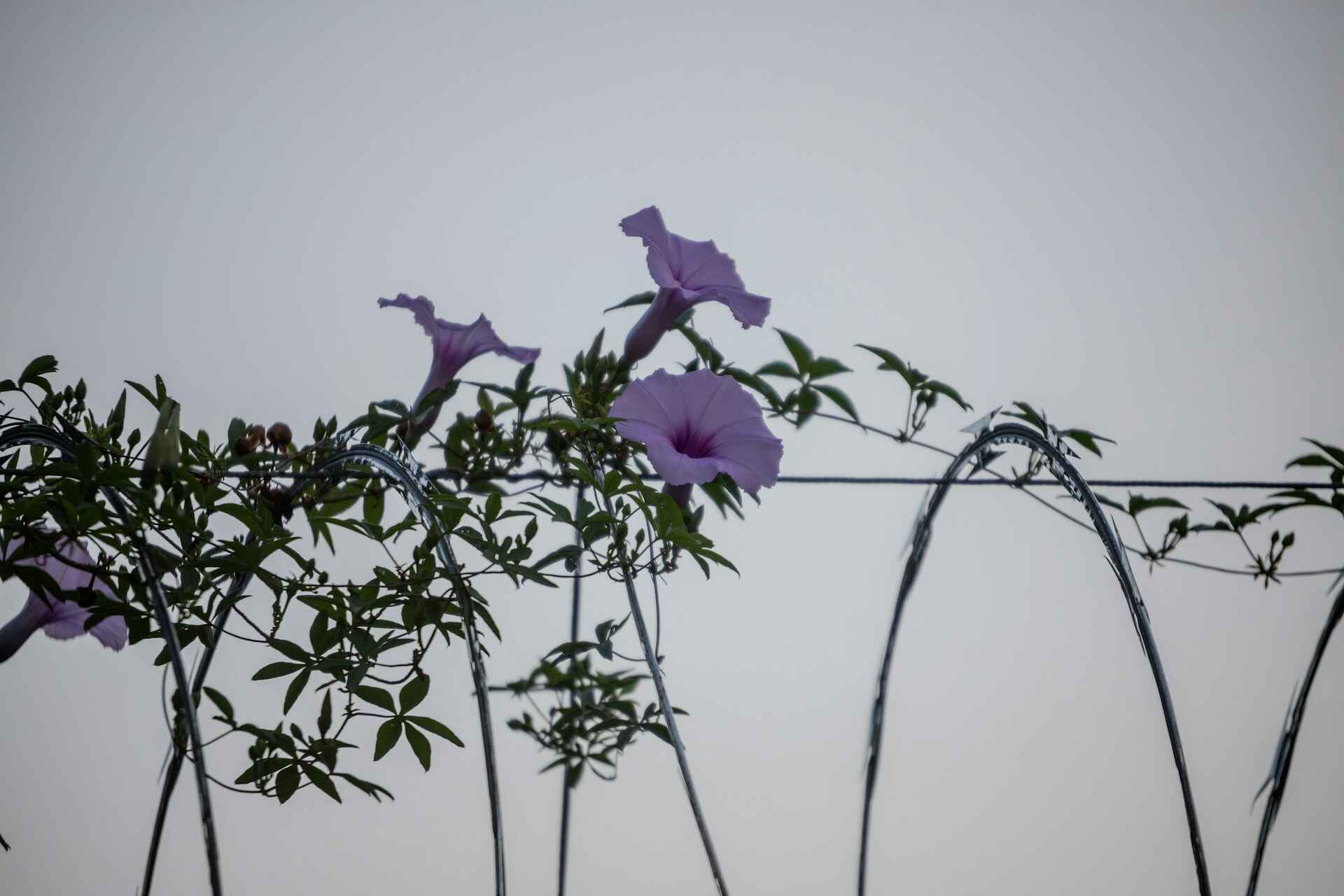New Mexico’s climate is so diverse – from desert to mountain – it presents special gardening challenges. But the right climbing plants can not only survive but add beauty and shade to your outdoor space. Whether you want to cover a trellis, adorn a pergola or create a natural screen, choosing climbing plants for New Mexico is key to success.
In this article we’ll look at the best climbing plants for New Mexico gardens, those that have proven themselves in our climate. You’ll find plants that can handle the heat, drought and our state’s many environments.
Understanding New Mexico’s Climate
Before we get into the plants, here’s a quick rundown of the climate:
- Temperature Fluctuations: Summers are hot, especially in the south and central parts of the state with temperatures often above 100°F. Winters are cold, especially in the north and higher elevations with temperatures below freezing.
- Low Humidity: New Mexico is dry, so humidity is low. This can be tough for some plants, especially those that like more moisture in the air.
- High Elevation: Many areas of New Mexico are at high elevation which means cooler temperatures and more intense sun.
- Limited Rainfall: New Mexico gets less rainfall than the national average so drought tolerant plants are a must for gardening to be successful.
Why Climbing Plants?
Climbing plants are good for New Mexico gardens because they can:
- Shade: By covering structures climbing plants can cool down the surrounding area making outdoor spaces more livable.
- Beauty: Climbing plants add vertical interest and can turn bare walls, fences and arbors into garden features.
- Wildlife Habitat: Many climbing plants attract pollinators like bees and butterflies so your garden will be healthier.
The Best Climbing Plants for New Mexico
1. Trumpet Vine (Campsis radicans)
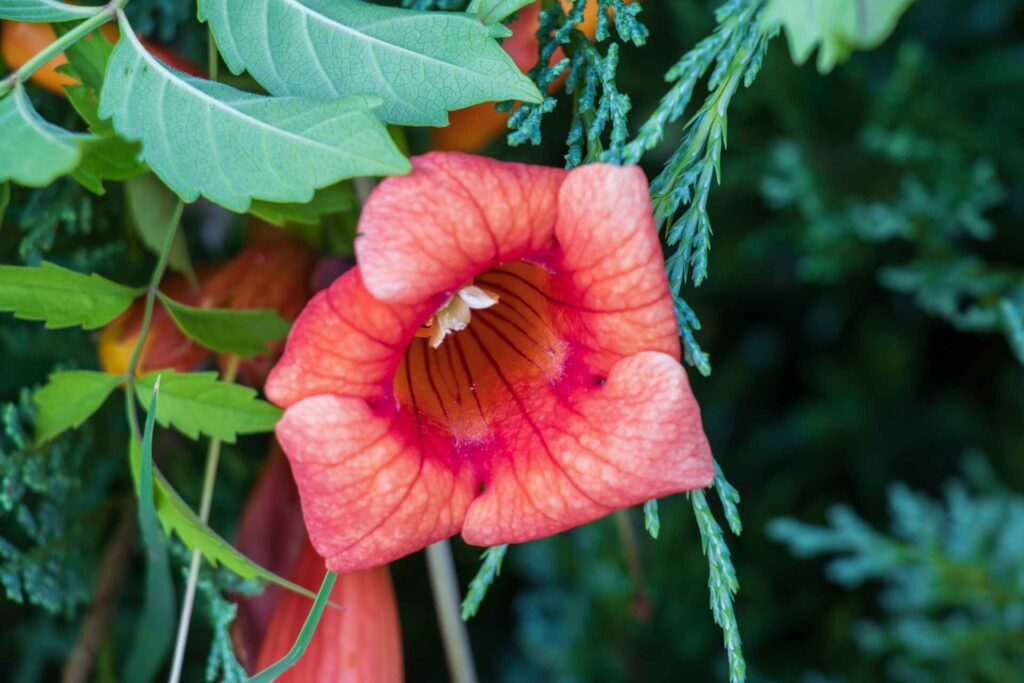
Adaptability: Trumpet vine is a real grower in New Mexico’s different climates. It loves heat and drought so it’s perfect for the sunniest spots.
Growth and Care: This can grow up to 30 feet long and produces orange-red flowers that attract hummingbirds. Plant in full sun and well drained soil. Be careful it can take over if not managed.
Case Study: In a Santa Fe garden, trumpet vine was planted along a pergola. With minimal watering it thrived, providing shade and a beautiful display of flowers from mid summer to fall.
2. Honeysuckle (Lonicera spp.)
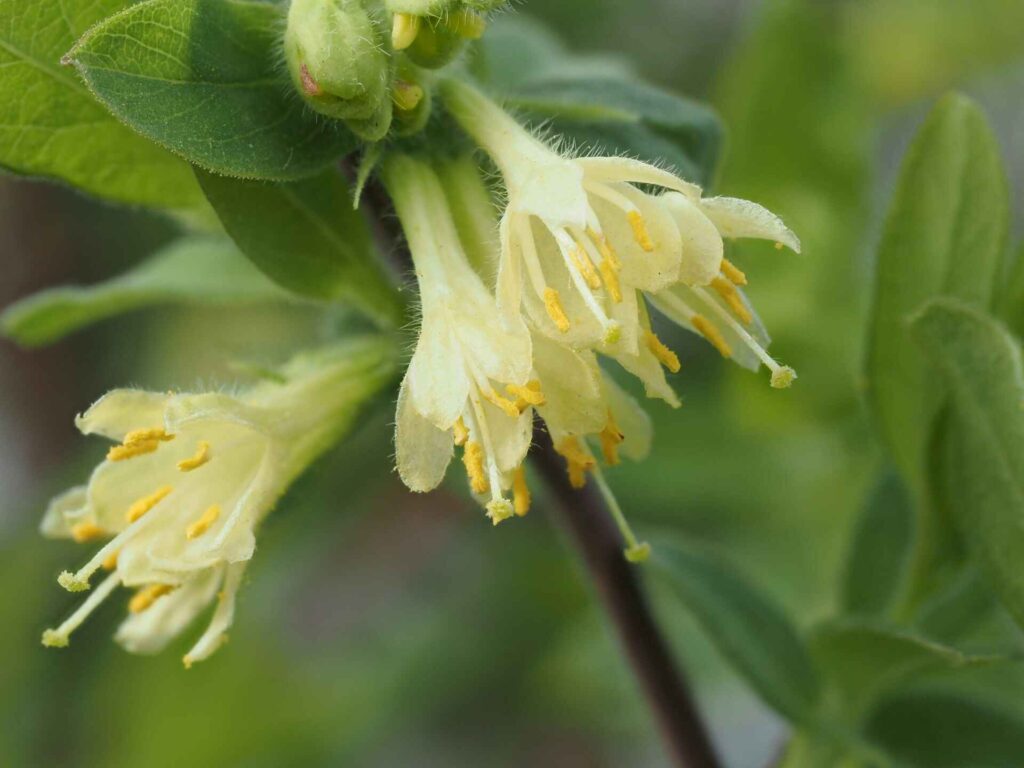
Adaptability: Honeysuckle varieties like Coral Honeysuckle (Lonicera sempervirens) are good for New Mexico. They can take heat and moderate watering so they’re perfect for low water areas.
Growth and Care: These are fast growers up to 15 feet tall. They have tubular flowers in various colors that attract pollinators. Honeysuckle likes full sun but can tolerate partial shade.
Case Study: In Las Cruces a gardener grew Coral Honeysuckle along a fence. It provided privacy and brought in a steady stream of hummingbirds all season.
3. Climbing Roses (Rosa spp.)

Adaptability: Some climbing rose varieties like ‘Lady Banks’ (Rosa banksiae) are good for New Mexico’s climate. They’re drought tolerant and can take the intense sun.
Growth and Care: Climbing roses can grow up to 20 feet tall and produce lots of blooms in the spring. They need well drained soil and full sun. Pruning is key to keep them shaped and healthy.
Case Study: A homeowner in Albuquerque planted ‘Lady Banks’ roses along a stone wall. Despite the hot summers the roses flourished and produced beautiful yellow blooms every spring.
4. Wisteria (Wisteria sinensis)

Adaptability: Wisteria is a tough plant that can grow in many climates including New Mexico’s. It’s a bit more water dependent than other climbers but with proper watering it can be a real showstopper.
Growth and Care: Wisteria has cascading clusters of purple or white flowers. It can grow up to 30 feet long and needs strong support as it gets heavy when mature. Wisteria likes full sun and regular pruning to keep it from getting out of control.
Case Study: In a Taos garden Wisteria was trained over a gazebo. With proper watering and pruning it was a cool shaded spot and a popular summer hangout.
5. Virginia Creeper (Parthenocissus quinquefolia)
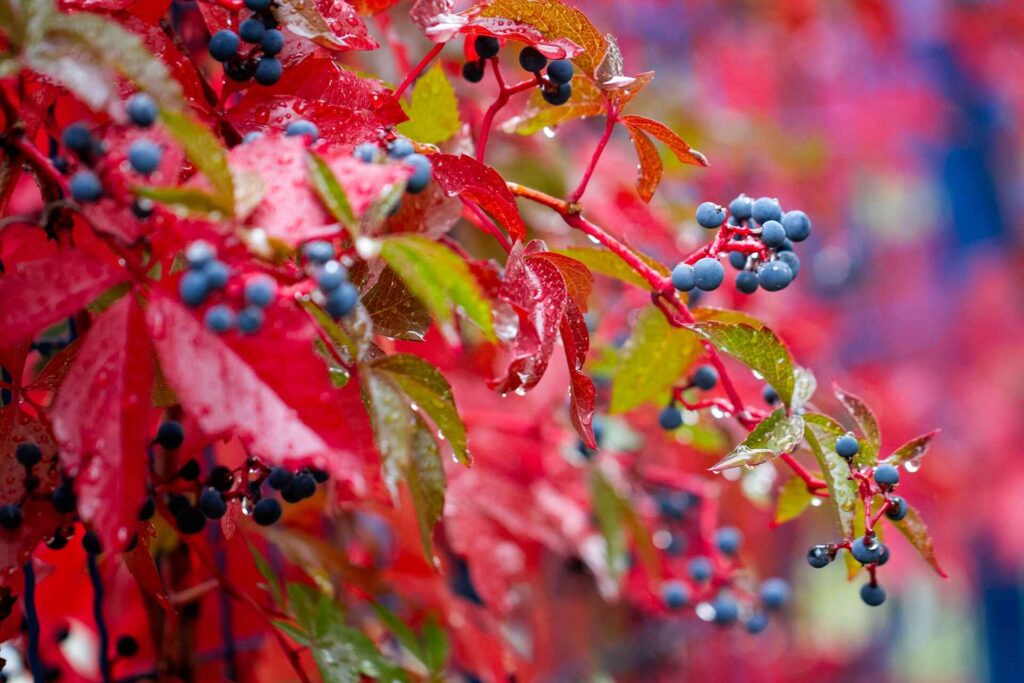
Adaptability: Virginia Creeper is a tough plant that can handle the extremes of New Mexico. It likes sun and shade and dry conditions.
Growth and Care: Has 5 lobed leaves that turn red in the fall. Can grow up to 50 feet and great for covering large walls or fences. Low maintenance once established.
Case Study: A gardener in Farmington used Virginia Creeper to cover a ugly retaining wall. It grew fast and provided a green cover in the summer and a red show in the fall.
6. Bougainvillea (Bougainvillea spp.)
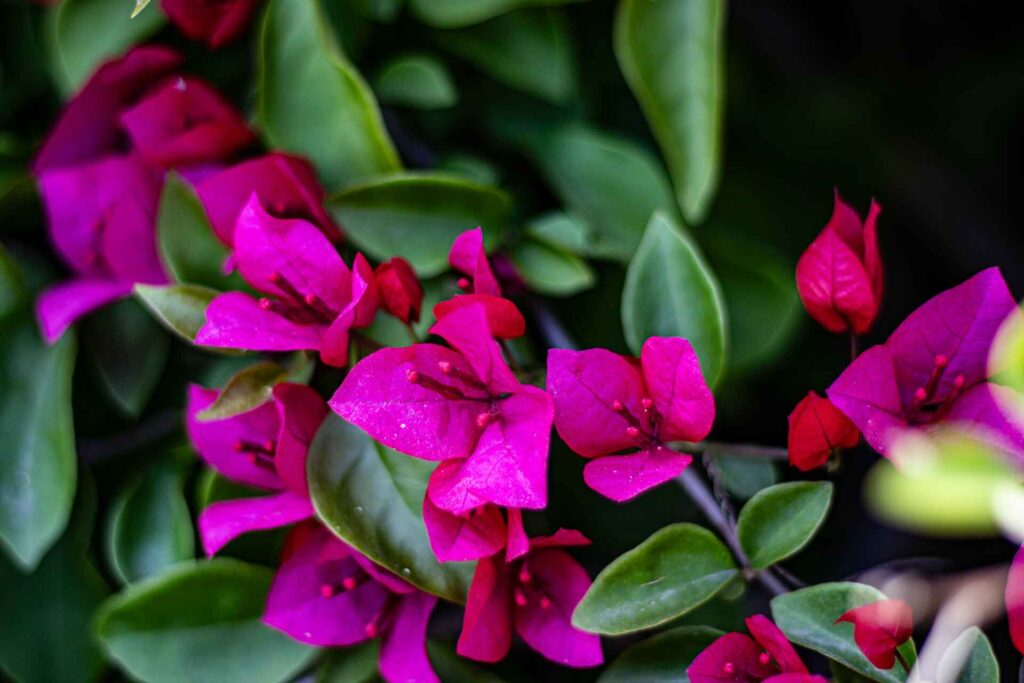
Adaptability: Bougainvillea loves the hot dry conditions found in many parts of New Mexico. It likes full sun and well drained soil so it’s low maintenance.
Growth and Care: Can be grown as a climber or pruned into a bush. Produces bracts in purple to red to orange. Bougainvillea needs occasional watering and protection from frost.
Case Study: In a Roswell garden Bougainvillea was planted along a trellis. With just regular pruning it provided a beautiful splash of color against the desert backdrop.
7. Clematis (Clematis spp.)
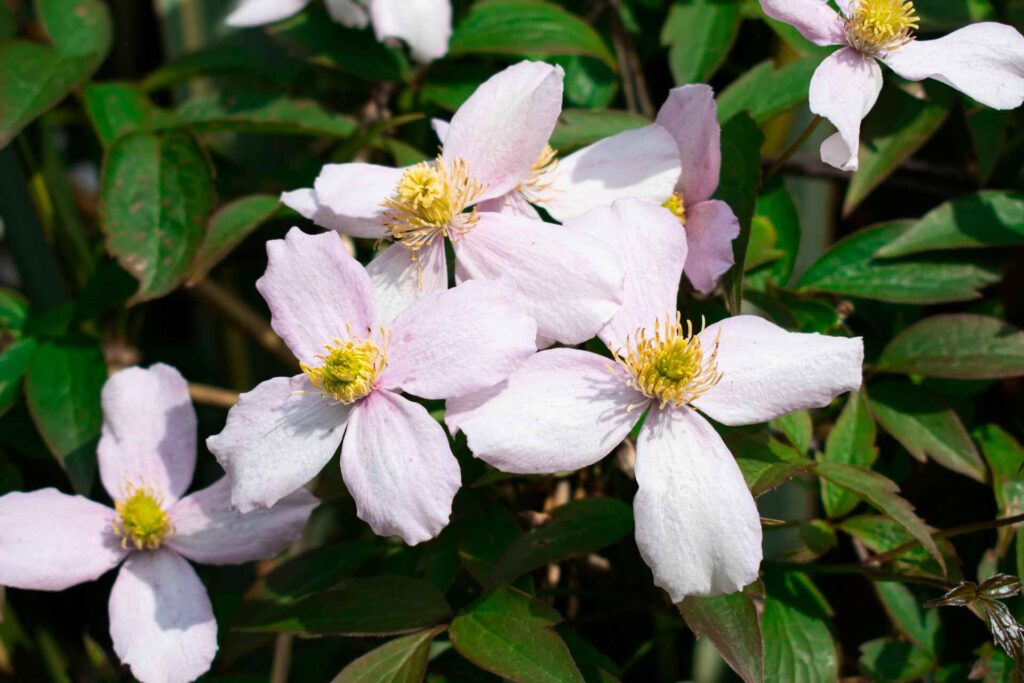
Adaptability: Clematis can do well in New Mexico if it gets enough water. It likes cooler roots so mulching is recommended to keep the soil moist.
Growth and Care: Has large star shaped flowers in various colors. Can grow up to 20 feet and likes morning sun and afternoon shade.
Case Study: In a Los Alamos garden Clematis was grown along a wood fence. With regular watering and care it produced lots of flowers and was a beautiful and fragrant addition to the garden.
8. Passionflower (Passiflora spp.)
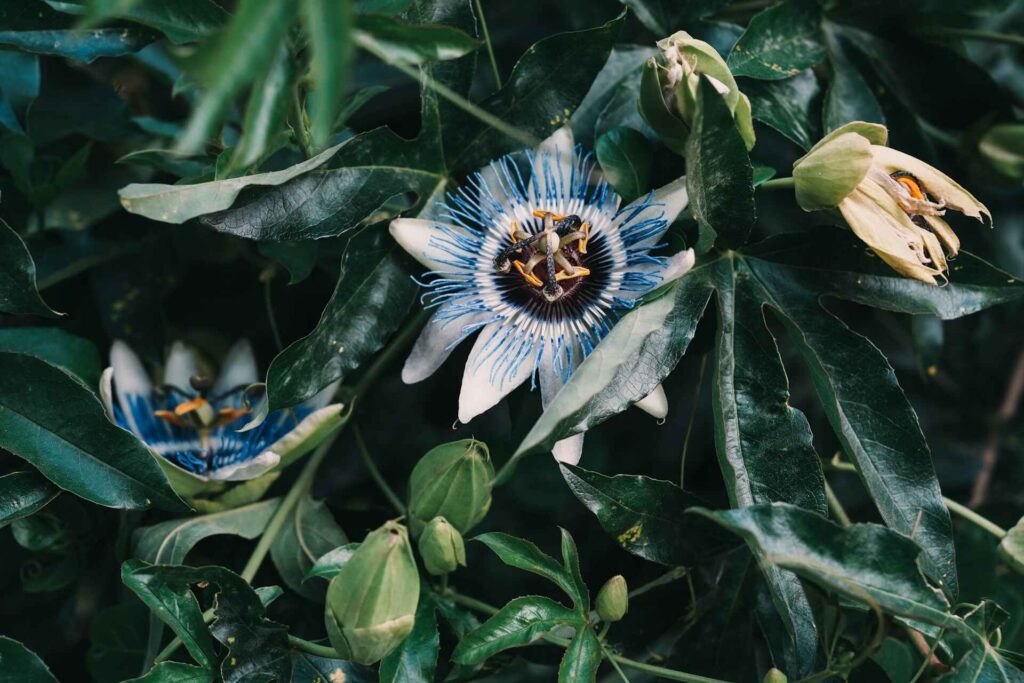
Adaptability: Passionflower is a unique choice for New Mexico gardens especially in milder areas. It can take heat but may need extra care in colder months.
Growth and Care: Passionflower has intricate exotic looking flowers. Can grow up to 30 feet and full sun and regular watering. In colder areas it may need to be protected in the winter.
Case Study: In a Silver City garden Passionflower was grown on an arbor. The plant attracted both butterflies and admirers with its beautiful flowers and became the focal point of the garden.
Tips for Growing Climbing Plants in New Mexico
Here are some tips for success with climbing plants in New Mexico:
- Choose the Right Spot: Make sure your climbing plants get the right amount of sun. Most of the plants above like full sun but some can tolerate partial shade.
- Water Smart: While many climbing plants are drought tolerant they still need regular water especially in the first few years after planting. Drip irrigation systems are great for New Mexico’s climate.
- Provide a Surface to Climb: Climbing plants need something to climb on. Whether it’s a trellis, fence or pergola make sure the structure is sturdy enough to hold the plant.
- Prune Regularly: Pruning helps control the size and shape of your climbing plants. It also encourages more blooms and healthier growth.
- Mulch: Mulching around the base of your plants helps retain moisture and keeps the roots cool. This is especially important in New Mexico’s hot climate.
- Watch for Pests: Keep an eye out for pests that might damage your plants. While most climbing plants are pest resistant it’s still important to address any issues early.
Conclusion
Climbing plants are a great way to add to your New Mexico garden, beauty, shade and ecology. By choosing plants that are right for the state and following proper care you can have a thriving vertical garden that will be the talk of the town. Whether you’re in the desert lowlands or the mountains there’s a climbing plant for you.

